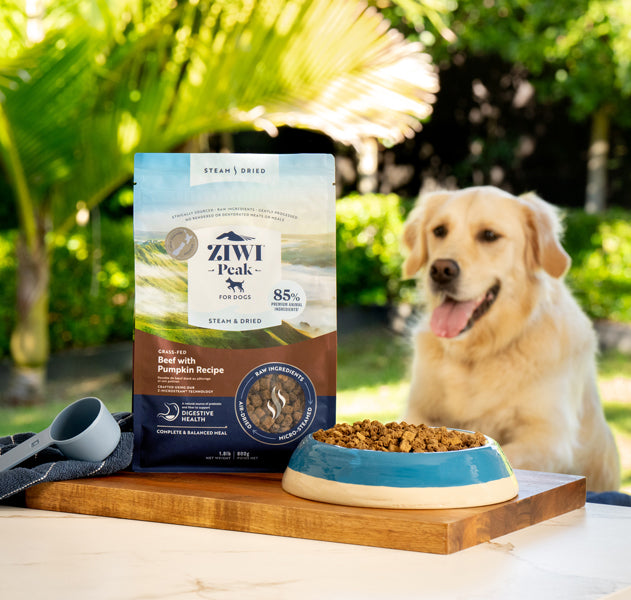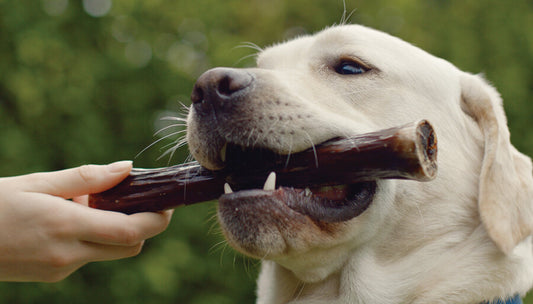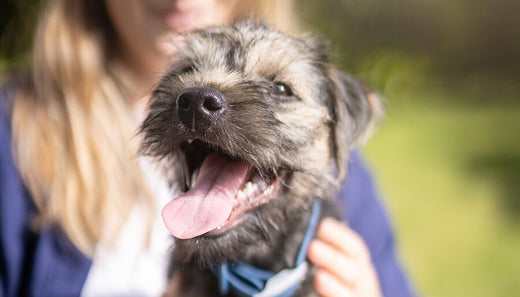Dog bones provide hours of fun, excitement, and mental stimulation, they taste delicious, and they help to build strong neck and jaw muscles.
They’re also great for teeth.
Bones are dubbed ‘nature’s toothbrush’ for a reason: they’re the most effective and natural way to keep your dog’s oral health in strong condition.
The biting and crunching of bone and cartilage scrapes off plaque and tartar build-up on your dog’s teeth, while cleaning and massaging gums in the process.
But remember, it’s also important to visit your vet for regular checkups. Like a professional teeth cleaning you have at the dentist, your vet may suggest a regular professional cleaning of your dog’s teeth.
What Bones Are Safe For Dogs
Raw bones are generally safe to chew on, as long as you choose the right size for your dog and supervise them at all times. You can head to your neighborhood butcher or pet store and ask for a raw bone.
Cooked bones have a tendency to splinter (because the cooking process makes them brittle), which can hurt your dog’s mouth and cause digestive issues. Because of this, it’s best to avoid cooked bones.
Air-dried bones offer all the taste, nutrition and cleaning power of raw bones, but with the added convenience of being able to take them with you anywhere. They’re less likely to splinter or harbor harmful bacteria.
Our most popular ZIWI Peak® air-dried bone is the venison shank bone. The bone is full of nutrients and marrow, and is wrapped in beef esophagus (which dogs love).

Tips for feeding your dog bones
- Every dog is different, so consider their age, size and chewing behaviour before giving them a bone.
- Small bones aren’t ideal for aggressive chewers as they could be swallowed whole or cause choking.
- Avoid giving your dog a bone when they’re really hungry, as they will be more likely to swallow large pieces which can lead to digestive issues.
- Don’t leave raw bones in your yard for days on end as they can become
brittle (and a breeding ground for bacteria). - Bones aren’t appropriate for younger puppies. ZIWI’s range of chews (which are slowly air-dried to maintain nutrients) are a safe and gentle option to keep your puppy occupied - just remember to supervise them!
Sources:
https://dogsfirst.ie/raw-faq/how-to-feed-a-dog-bones/
https://healthypets.mercola.com/sites/healthypets/archive/2018/05/09/bes...
https://wsava.org/wp-content/uploads/2020/01/Dental-Guidleines-for-endor...
https://www.aaha.org/globalassets/02-guidelines/dental/aaha_dental_guide...
https://www.wonderopolis.org/wonder/why-do-dogs-like-bones









